
Developer: Hermanos Magia, LEAP Game Studios
Publisher: Playdigious, indienova
Platform: PC, PS4, PS5, Switch
Tested on: PS4
Arrog – Review
Sometimes it’s very clear just from the feel of a game that you’re dealing with a passion project. Arrog definitely has that feel, with its artsy approach to storytelling and a running time of just about half an hour tops. It’s clearly the first venture into video game making from these devs and while it’s a valiant effort, mostly it could be an opportunity for them to see what to expand on in the future.
Story
Arrog uses a nonconventional way of storytelling without dialogue or text. The game throws you into the deep end without a cutscene and a lot of symbolism is used. The plot revolves around a recently deceased man as we see both the proceedings of his funeral in the real world as well as his journey into death on the inside of his mind. Overall it’s an interesting approach, but the downside of all this vagueness means that a lot is left up for interpretation, and the story does feel a bit too vague and non-conclusive.
Graphics
Its visuals might be Arrog’s greatest asset. Taking inspiration from traditional Purivian art forms, such as gourd carving, there is something truly unique about the art of this game. The monochrome color patterns aren’t merely used to give the game a sense of grief and loss – which are the story’s themes – but also to distinguish between the real world and the dream one our dead protagonist is experiencing. This makes Arrog a real delight to look at. Touches of color are used smartly throughout and the animations are simple but carry a sense of weight as they play a lot with size.
Sound
The music too works well in conjecture with the visuals to enforce the somber themes of the game. It especially helps that even without any dialogue, sound effects are still present and sound cues are used to help the story along. Due to the short length of the game, the soundtrack is rather limited, but what is there is nothing to complain about.
Gameplay
Arrog’s is a point-and-click puzzle game with extremely simple mechanics. With an overall playtime of thirty minutes and no replay value, it’s easy to complete in a single sitting. This is not completely unusual for indie games, but combine this with the fact that the few puzzles that are present feel like an elementary schooler could easily solve them and you start to see some issues.
People looking for a more challenging experience or actual gameplay won’t find that in Arrog. The puzzles are more like a dressing added to the story to justify making it a video game and not simply a short animation movie. The interactivity is fun but tends to feel a bit arbitrary at best. It’s often not much more than clicking on a certain part of the image, or dragging things across the screen. Not exactly brain-breaking action. Sometimes it can also be tricky to know when the game expects you to do something and when it’s playing a cutscene. Gameplay and cutscene flow into each other very naturally, but it does end up with you sitting there staring at the screen, unsure if you should do something.
Conclusion
Arrog is a small step into the world of game-making for a new developer, showing promise for future projects. The visuals and sound design are already great, and while the storytelling might need some work, we can see interesting themes are present. It’ll be exciting to see what’s next for this studio. For now – for the price Arrog is being sold at – this game is a nice little adventure.
Arrog - Review,
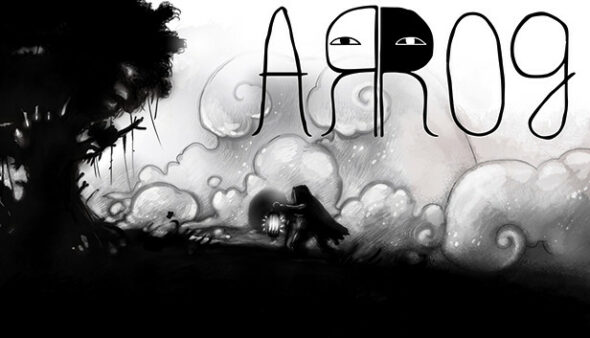
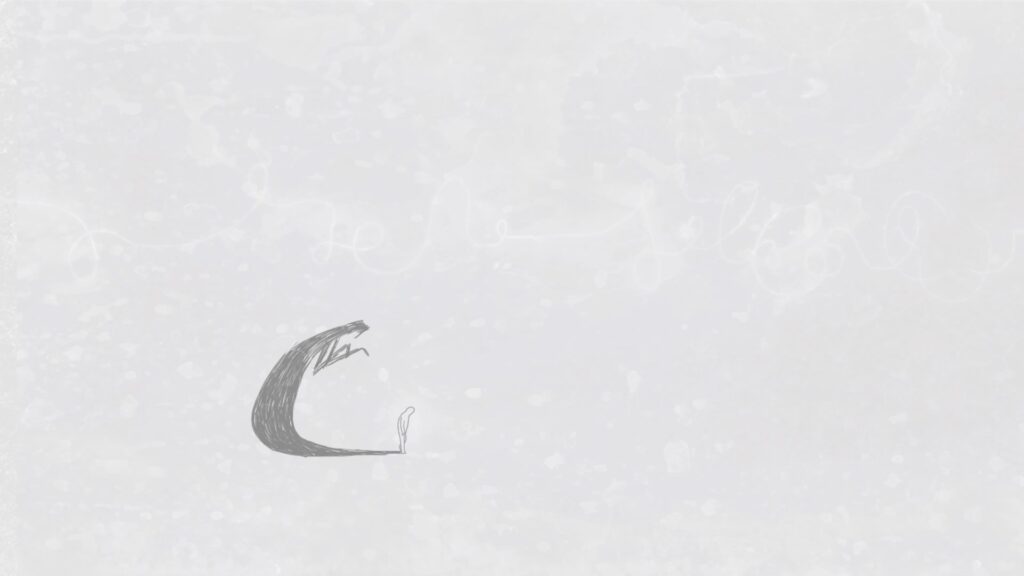
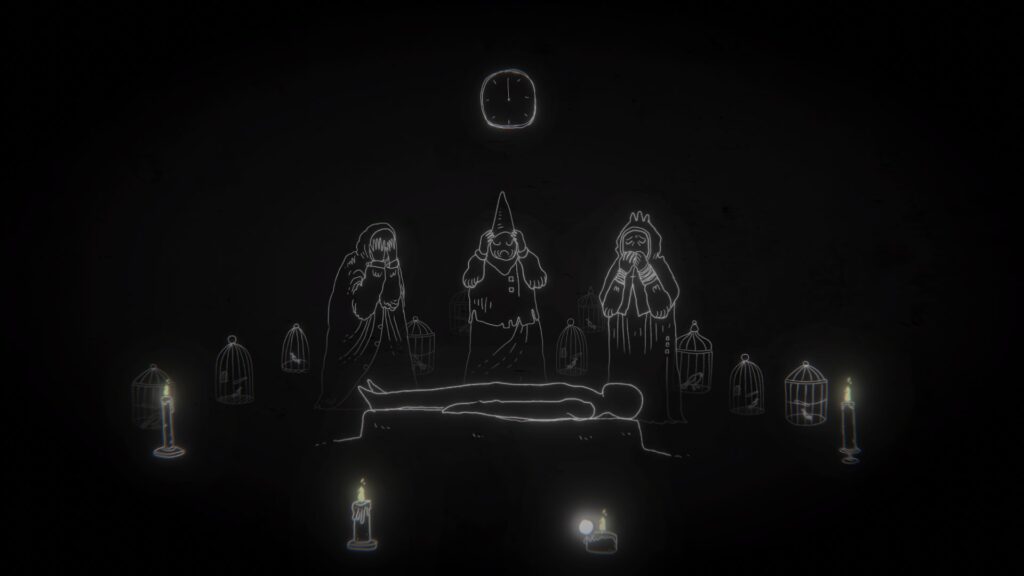
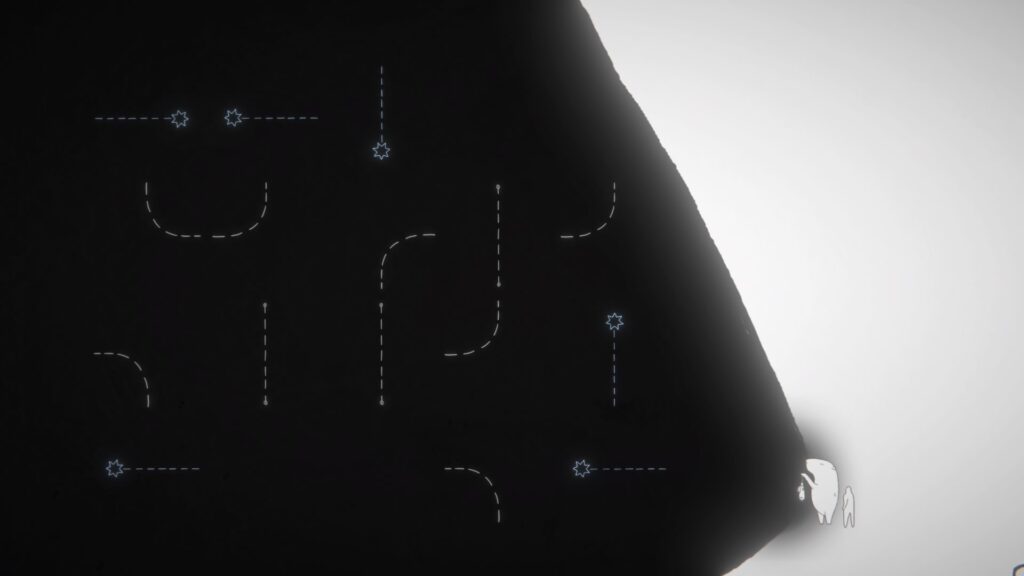

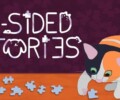


No Comments